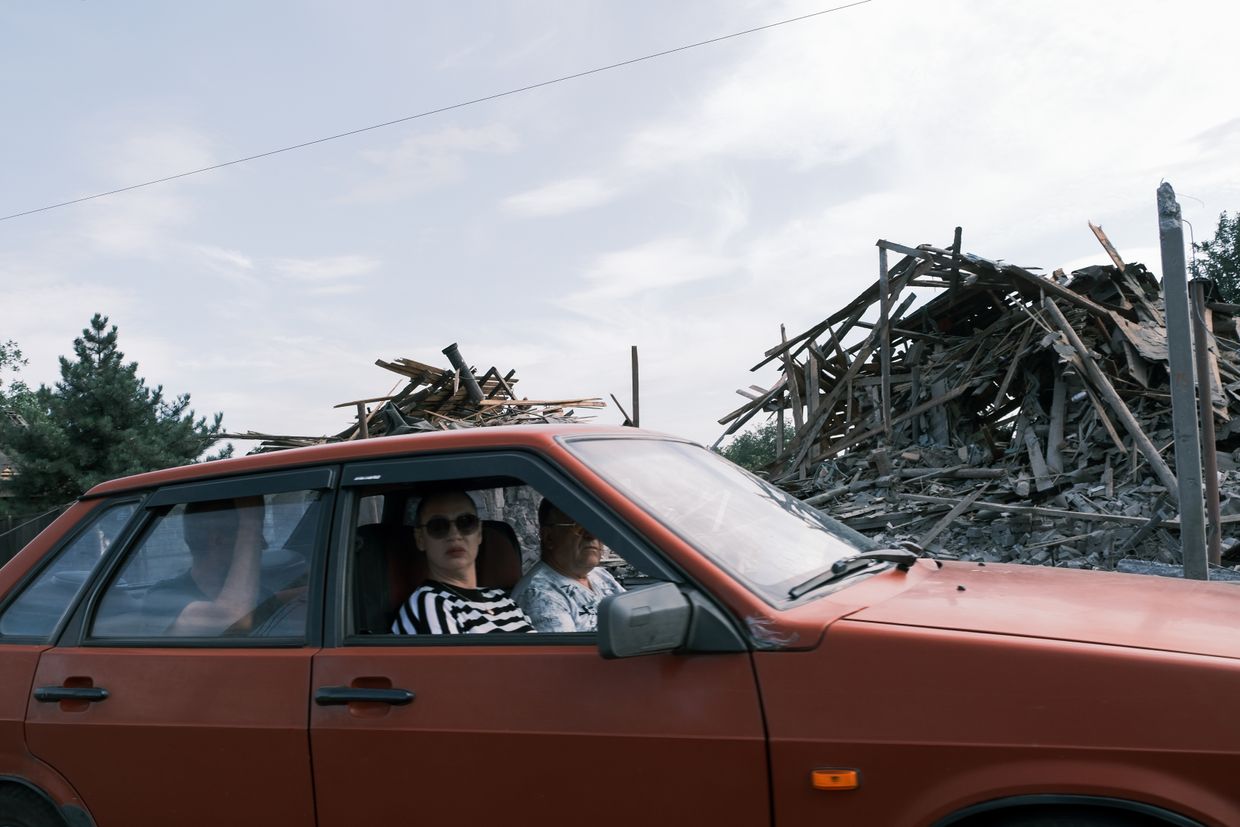Loss of coal mine near Pokrovsk would reportedly halve Ukraine's steel production.
Ukraine's steel production could drop by half if Russian troops capture a vital coal mine near the town of Pokrovsk in Donetsk Oblast, Reuters reported on Oct.
16, citing Oleksandr Kalenkov, the head of Ukraine's steelmakers' association. Pokrovske coal mine, the largest coking coal producer in Ukraine and one of the largest in Eastern Europe, is located 10 km (6 miles) west of Pokrovsk. The mine produces coal for coke production needed in steelmaking, which is Ukraine's second-largest source of currency after agriculture, Reuters reported.
The eastern front near the town has been the scene of fierce fighting for several months and a focal point of Russia's offensive in Donetsk Oblast. Pokrovsk is an important logistical hub for Ukrainian forces. According to trade data, exports of steel products totaled nearly £2 billion in the first eight months of 2024.
Kalenkov said that Ukrainian steelmakers could have produced up to 7.5 million metric tons of steel by the end of the year and planned to increase production to more than 10 million tons in 2025. "But if we lose Pokrovsk, then... we will fall to 2-3 million tons," he added. In 2023, Ukraine produced about 3.5 million tons of coke, using coking coal from Pokrovsk alone, according to Anatolii Starovoit, the head of the Ukrkoks coke association.
"We don't know where to get coal if Pokrovsk is seized," he said. An unnamed steel industry source told Reuters that producers hope to find alternative sources of coking coal from elsewhere in Ukraine if Russia occupies the Pokrovsk mines. However, imports would inevitably be needed and increase production costs, making steel less competitive.
Russian forces were less than 7 kilometers (4 miles) from the outskirts of Pokrovsk as of Oct.
4, said Serhii Dobriak, the head of Pokrovsk's military administration. As the evacuation was ongoing, around 13,000 people remained in the town.
Burning horizon: As Russia makes gains near Pokrovsk, civilians remain frozen in inaction SELYDOVE, Donetsk Oblast - "Kostia!
Kostia?" Despite their volume, the volunteer's calls dissipate in the strong winds coursing through the central streets of Selydove.
This is the most dangerous part of any evacuation operation in a front-line city: making visual contact with civilians who have a...
